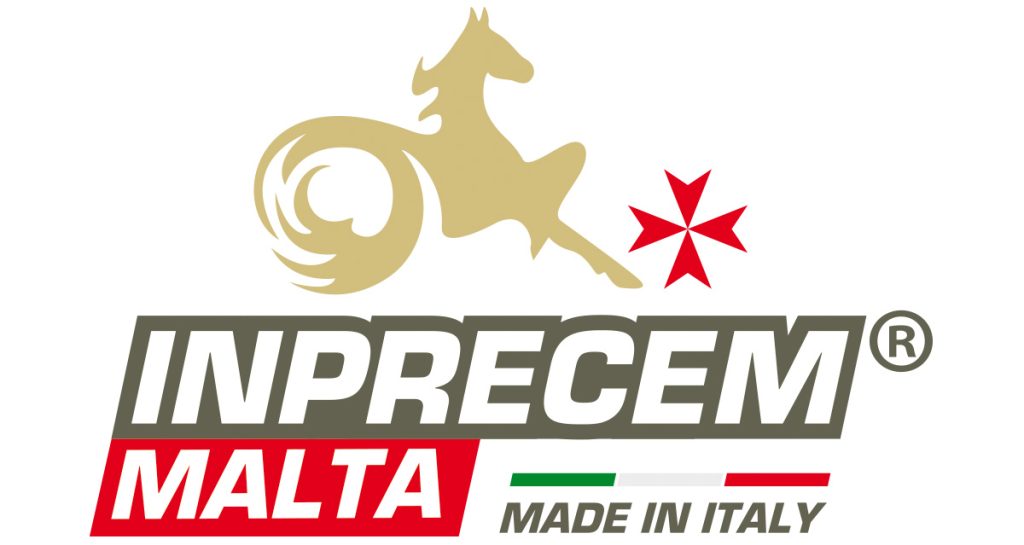
All products conform to the current EU regulation and respect all the necessary requirements for the CE marking.
Inprecem Malta
ANZALONE GESSI was founded at the beginning of the 20th century as an artisan business and it was registered as a Ltd. company in 1990.
Thanks to the experience matured over 4 genera- tions and our constant pursuit of quality, we have developed a wide range of traditional and innovative products spanning from gypsum to cement, and natural hydraulic lime.
All products conform to the current EU regulation and respect all the necessary requirements for the CE marking.
In 2003 we established the INPRECEM division, which focuses on premixed cement-based product lines and technology products. Inprecem is the result of numerous years of research and development tailored to satisfy the demand of the modern construction industry and evolving standards.
INPRECEM offers highly diversified products, able to meet all requirements on building sites: thermal and acoustic insulation, protection against water, waterproofing, tile adhesives and restoration of reinforced concrete structures.
In line with the innovative spirit, and to promote eco-design and recyclable products, we launched a second division: INPRELIME. The product line is made up by NHL 3.5 natural hydraulic lime accor- ding to EN 459-1 standards, and it is designed for architectural restoration and green building industry.
The natural hydraulic lime allows the re- alisation of low-soluble salts products with rising mechanical features over time and high permeability values to water steam.
The External Thermal Insulation System (ETICS)
The external thermal insulation system (ETICS) is the most efficient measure for containing the energy consumption of a building and for its thermal insulation. A solution for new and pre existing buildings, able to provide in winter and summer not only a tangible economic savings on energy consumption but also high living comfort. The ETICS systems also gives a greater economic value to the builings compared to less “efficient” buildings. We present the most important application phases, that follow the European technical guidelines.
